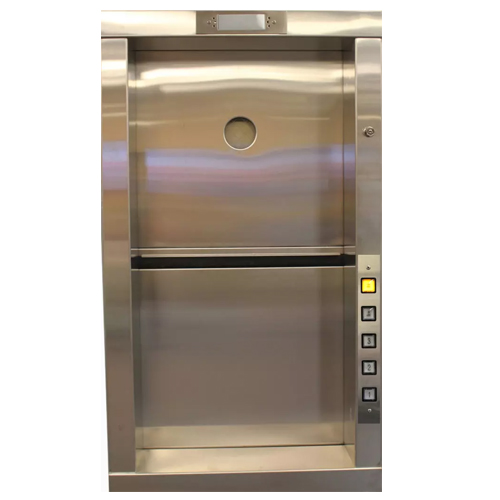
High Tables
High tables, also known as bar-height tables or pub tables, are taller tables commonly found in bars, pubs, cafes, or casual dining settings. These tables stand higher than standard dining tables, typically measuring around 40 to 42 inches in height.
Here are some key characteristics and considerations regarding high tables:
-
Height: Their elevated height, compared to regular dining tables, allows patrons to either stand or use tall bar stools or chairs to sit comfortably while enjoying drinks or casual meals.
-
Casual Atmosphere: High tables create a more relaxed and informal ambiance, often fostering social interactions among guests.
-
Space Utilization: They are suitable for venues where space optimization is crucial, as they occupy less floor space than traditional dining tables, making them ideal for smaller areas.
-
Versatility: High tables come in various shapes, including round, square, and rectangular, catering to different spatial arrangements and design preferences.
-
Purpose and Atmosphere:
High tables are often chosen to create a more casual and social atmosphere. They are suitable for settings where customers may prefer to stand or use bar stools rather than sitting in traditional dining chairs. -
Material:
Choose materials that are durable and easy to clean, as high tables are likely to experience more wear and tear. Common materials include wood, metal, and laminate. -
Height:
Bar-height tables are typically taller than standard dining tables, with a height ranging from 40 to 42 inches. This allows for the use of bar stools or high chairs. Consider the comfort of your customers and ensure that the height is appropriate for the intended use. -
Style and Design:
High tables come in various styles and designs. Consider the overall theme and aesthetic of your establishment when selecting the style of the tables. This could range from classic and traditional to modern or industrial. -
Space Planning:
Plan the layout of high tables to maximize space and create an open and inviting environment. Consider factors such as spacing between tables, accessibility, and the overall flow of the space. -
Seating Options:
High tables are often paired with bar stools or high chairs. Consider the comfort and design of these seating options to ensure they complement the tables and contribute to the overall atmosphere. -
Versatility:
High tables are versatile and can be used for various purposes, including casual dining, socializing, or as additional seating during busy times. Consider their flexibility inadapting to different needs within your establishment. -
Budget:
Stick to your budget while ensuring that the high tables are of good quality and can withstand the demands of your business. Consider the long-term investment and durability of the chosen materials. -
Customization:
Some suppliers offer customization options, allowing you to choose specific finishes, colors, or details that align with your brand identity and interior design. -
Regulatory Compliance:
Ensure that the high tables and seating arrangements comply with local building codes and regulations, including safety standards and accessibility. -
Supplier Reputation:
Choose reputable suppliers with experience in providing commercial-grade high tables. Check reviews, ask for recommendations, and inspect samples to ensure the quality meets your standards.
High tables can add a dynamic and social element to your restaurant or bar, offering customers a different dining experience. By carefully considering these factors, you can choose high tables that enhance the overall ambiance of your establishment and meet the practical needs of your business.











